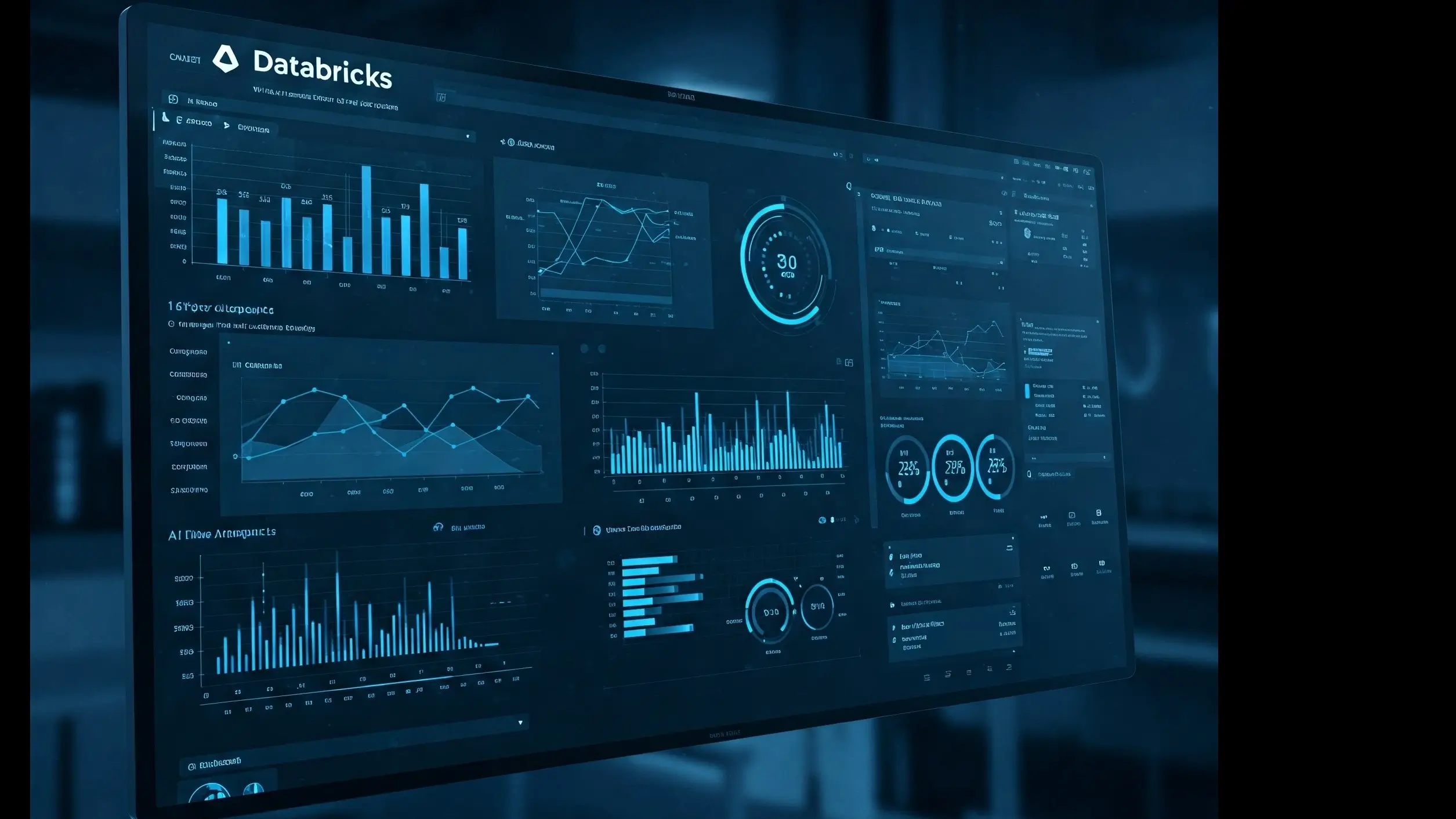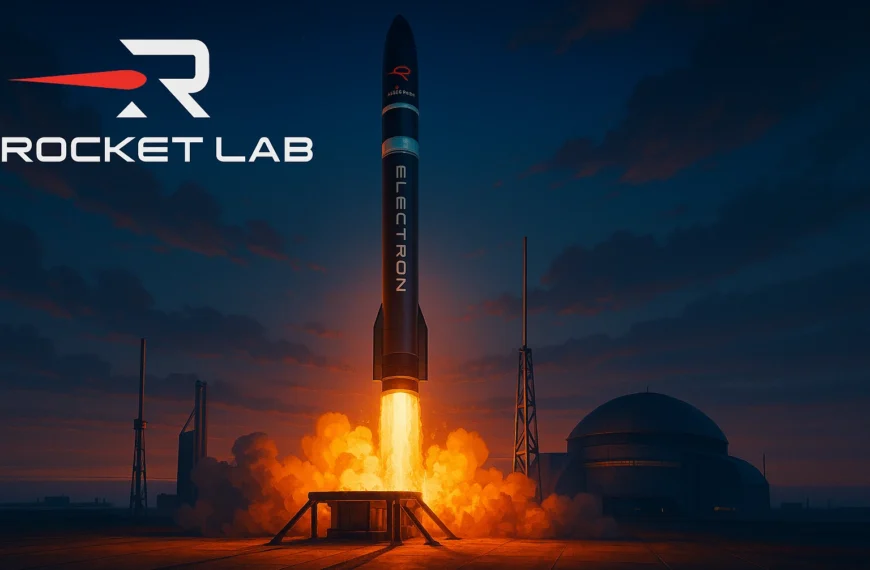Databricks, founded in 2013 by Ali Ghodsi, Reynold Xin, Matei Zaharia, Andy Konwinski, Patrick Wendell, Ion Stoica and Arsalan Tavakoli has grown into a leading unified data and AI platform. Headquartered in San Francisco, California the company employs over 6,000 people globally and boasts a net worth exceeding $43 billion as of 2025. Built on Apache Spark, Databricks is a powerhouse for big data processing, AI, and machine learning making it a top choice for enterprises seeking scalable, innovative data solutions.
This article explores Databricks’ 2025 updates, pricing, use cases and how it compares to competitors like Snowflake.
Key Features and 2025 Updates
Databricks continues to innovate with cutting-edge AI and data engineering capabilities. Here are the latest 2025 updates:
1. AI/BI Dashboards with Calculated Measures
- Users can now compute dynamic metrics (e.g., profit margins) without altering raw data.
- Enhanced business intelligence with real-time insights.
- Source: Databricks Blog
2. Databricks SQL Improvements
- Faster query performance with shared views across compute resources.
- Open-sharing connectors for seamless data collaboration.
- Source: Databricks Blog
3. Predictive Optimization (GA Release)
- Uses AI-driven automation to optimize Unity Catalog maintenance.
- Reduces manual workload for data governance.
- Source: Release Notes
4. IPYNB Notebooks by Default
- .ipynb format now captures visualizations and metadata, improving usability.
- Workspace files enabled for all users.
- Source: AWS Docs
5. AI & LLM Integrations
- Supports Meta Llama 3.3 and Claude Sonnet 3.7 for generative AI.
- Enhanced Mosaic AI Model Serving for scalable AI deployments.
- Source: Azure Release Notes
Pricing and Plans in 2025
Databricks offers a flexible, pay-as-you-go model with per-second billing and no upfront costs.
Key Pricing Details
- Committed Use Contracts offer discounts for large-scale usage.
- Azure Databricks pricing is set by Microsoft (See Pricing).
- Exact costs vary based on workload contact Databricks Sales for custom quotes.
Databricks vs. Competitors (2025 Comparison)
Databricks vs. Snowflake
| Feature | Snowflake | Databricks |
|---|---|---|
| Data Types | Structured data only | All data types (structured & unstructured) |
| AI/ML Support | Limited | Advanced (Mosaic AI, LLM integrations) |
| Real-Time Analytics | Requires connectors | Built-in support |
| ETL Costs | Higher | Up to 9x lower than Snowflake |
| Governance | Structured data only | Unified governance (Unity Catalog) |
Verdict:
- Choose Snowflake for structured data warehousing.
- Choose Databricks for AI, real-time analytics, and data engineering.
Other Competitors
- AWS Redshift: Strong for AWS-native workloads but lacks lakehouse architecture.
- Google BigQuery: Good for SQL analytics but less flexible for AI/ML.
Use Cases & Industry Applications
Databricks is widely used in:
✅ Finance – Fraud detection, real-time risk analysis.
✅ Healthcare – Predictive diagnostics, patient data management.
✅ Retail – Personalized recommendations, demand forecasting.
✅ Manufacturing – IoT data processing, predictive maintenance.
Latest News & Trends (2025)
- Acquired BladeBridge to accelerate data warehouse migrations.
- Expanded Delta Sharing for open data collaboration.
- Leading in Compound AI Systems for enterprise AI solutions.
Pros and Cons of Databricks (2025)
Pros
✔ Unified data & AI platform (lakehouse architecture).
✔ Best-in-class AI/ML capabilities.
✔ Pay-as-you-go pricing with enterprise discounts.
Cons
❌ Steep learning curve for beginners.
❌ Costs can escalate with heavy workloads.
FAQs :
1. What is Databricks used for?
Databricks is used for data engineering, AI, machine learning, and real-time analytics.
2. How much does Databricks cost?
Pricing is usage based contact sales for exact quotes.
3. Is Databricks better than Snowflake?
Yes, for AI & data engineering but Snowflake is better for pure SQL analytics.
4. Who owns Databricks?
Founded by Ali Ghodsi & team, headquartered in San Francisco.
5. What’s new in Databricks 2025?
AI/BI dashboards, predictive optimization, and Meta Llama 3.3 support.














Leave a Comment